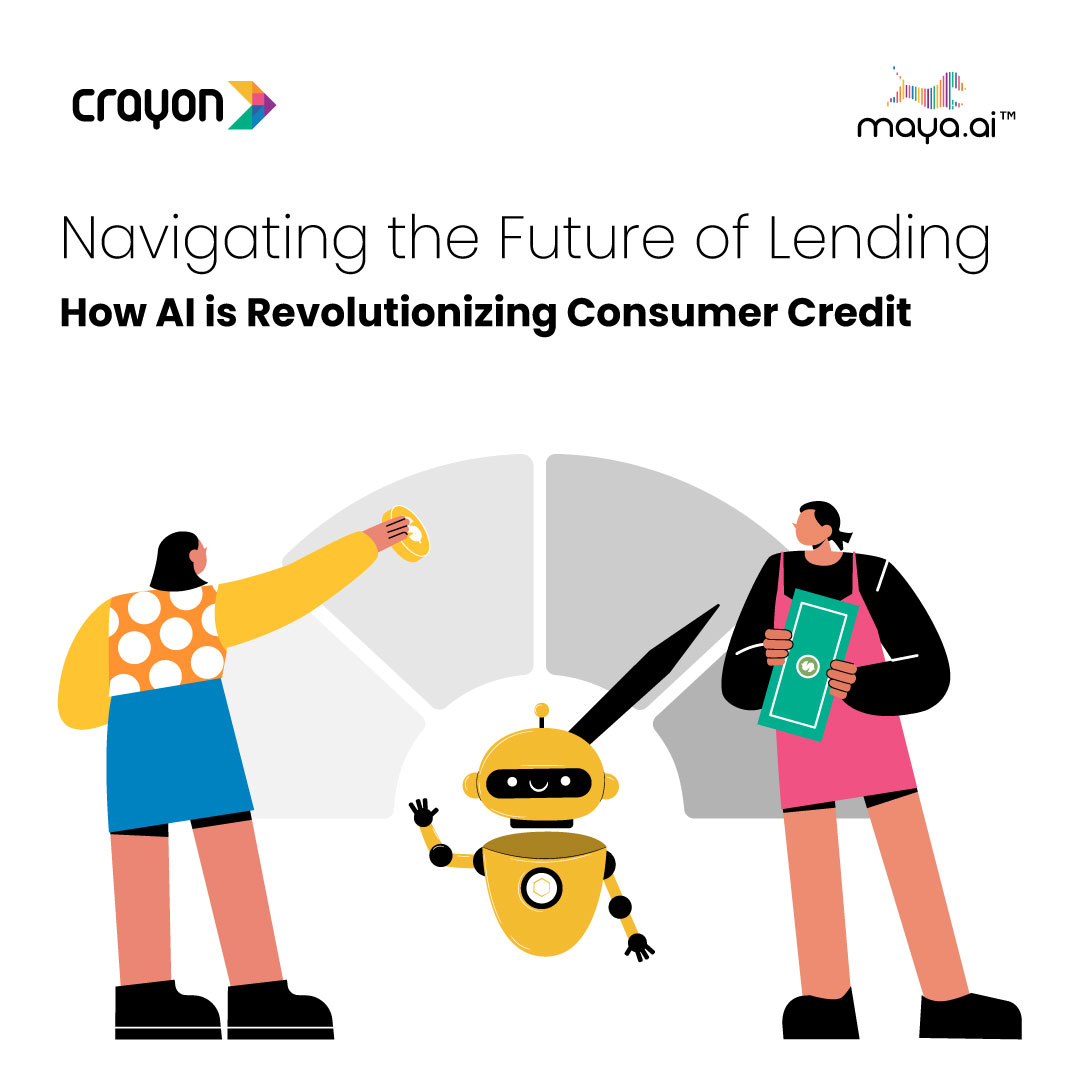We stand at the dawn of the fourth industrial revolution, an idea that will see new breakthroughs thanks to advancements in areas including artificial intelligence, robotics, quantum computing, 3D printing and the Internet of Things.
Another technological growth area in recent years has been big data. Credit card companies track and collect all sorts of data on consumers, such as what they buy, how they buy it and when they do their shopping. Smartphones are another key player in big data because they can also track shopping data, as well as data on media consumption and even your location throughout the day.
With so much data available, what role will it have in the upcoming fourth industrial revolution? Here is a quick look at what that revolution entails, big data’s role and what it all means going forward.
What Is the Fourth Industrial Revolution?
When defining this fourth industrial revolution, it’s important to look at the three that preceded it.
The original industrial revolution took place in the 18th and 19th centuries and involved innovations such as steam engines and mechanical production. The second industrial revolution came along toward the end of the 19th century and just before World War I. It included advancements such as the telegraph and industrial sewing machines.
Fast forward to the late 1970s, and you have the third industrial revolution — a period that’s still ongoing and brought along things such as the internet and smartphones.
Since the buildup to the fourth industrial revolution is still happening, the idea of it is a bit abstract. However, it will involve a future in which artificial intelligence allows machines of all types to communicate with and learn from each other, an idea that could potentially have a huge impact on production.
The Lifeblood of the Fourth Industrial Revolution
When analyzing the fourth industrial revolution, also known as Industry 4.0, one natural question that arises is what role big data will play.
Put simply, big data will be vital to the fourth industrial revolution. In fact, some go as far as to say big data is Industry 4.0. In manufacturing, for example, improvements and efficiencies in the analysis of big data are expected to bring billions of dollars to the industry over the next five years.
Others look at it as an equation in which artificial intelligence plus big data equals the fourth industrial revolution. On one hand, you can see the possibility of job losses as autonomous machines take over tasks that humans have handled for years. On the other, there could be a slew of new jobs created when it comes to harnessing the power of data and using it in a meaningful way.
Beyond the Manufacturing Industry
Throughout history, industrial revolutions have often been judged by their impact on the production and manufacturing of goods and products. That’s no different with the looming Industry 4.0, but it will affect many other industries as well.
Take financial services, for example. In this field, experts view big data as “the new electricity” — the power source driving change in the way that steam, actual electricity and digital technology did before it.
In one example, a company in Chile uses big data and machine learning to predict the likelihood individual customers will be able to repay loans. If you look back 20 or 30 years, it took groups of human employees time and effort to determine your credit score. Now, using information such as automotive credit history, utility bills and census data, combined with predictive machine learning, that process can be almost instantaneous.
Big Data and the Internet of Things
Part of the fourth industrial revolution is the manner in which all types of machines and devices interact, communicate and learn from each other. At this early stage, it’s similar to the Internet of Things, or IoT — the concept in which everyday objects such as cars, refrigerators, TVs, ovens and home security systems are all connected to the internet.
Add on top of that a layer of artificial intelligence that saves time by making decisions for you, and you see how these products and ideas can make your life easier and even create new business opportunities.
As one IBM analyst puts it, the thing that AI and IoT have in common is the use and interpretation of big data. Companies that invest in all three areas — AI, IoT and big data — stand a good chance at becoming leaders and innovators in the fourth industrial revolution.
A Closer Look at Jobs
One way to look at the fourth industrial revolution and the rise of things such as IoT, robotics and big data, is that it will lead to the loss of jobs humans have held for years. That could in turn create a paradox in which societies can produce things much more efficiently, but there are fewer workers left who can afford those things.
That’s the doom-and-gloom forecast. Another sunnier vision of the future suggests big data, machine learning and AI could create a society in which everyone lives in luxury. And since humans won’t have to worry about doing the grunt work that machines have taken over, they can instead focus on other tasks that are exclusively human, such as invention, art, science and exploration.
In the end, it’s likely that this Industry 4.0 will cause many industries to lose jobs, but it’s up to humans to create new opportunities.
Big data already plays a huge role in your life, even if you don’t know it. While we’re not quite to the level of “Minority Report,” big data is already used to target advertising based on factors including your age, gender, shopping habits and location. Companies say they use such data on an aggregate and anonymous level, but the technology is there to target advertising specifically to you.
This is already happening, and the surface has only just been scratched. As we dive deeper into the reality of a fourth industrial revolution, big data will play an increasingly crucial role.




